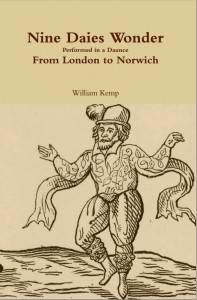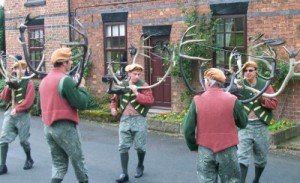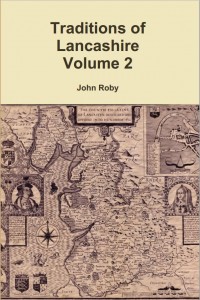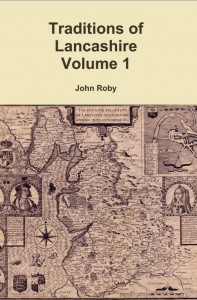Stott Hall Farm – A Modern Myth
In the 1970′s, the M62 (built to connect Hull and Liverpool) forged it’s way across the rugged Pennine hills making it the highest motorway in England. Just over the border into Yorkshire lies Stott Hall Farm, instantly recognisable to anyone who has traveled this route and quite a few who haven’t.
The farmhouse (built in 1737) now stands isolated by the two carriageways of this busy motorway, which pass to either side. Modern mythology would have us believe that this was all down to the stubbornness of Ken Wild, the man who lived in the farm at the time.
Whilst hundreds of homes were demolished to make way for this major artery across the country, Stott Hall Farm remained standing. Despite offers of ludicrously large sums of money by bowler-hatted civil servants who reluctantly came up from Whitehall to this desolate location, the farmer refused to budge and the Government was forced instead to change the plans at great expense.
The truth is, that it was the land itself that forced the mile long rent, the waterlogged moorland and steep incline on the hill making it impossible (at the time at least) to construct the two carriageways side by side without the land slipping and destroying the construction.




